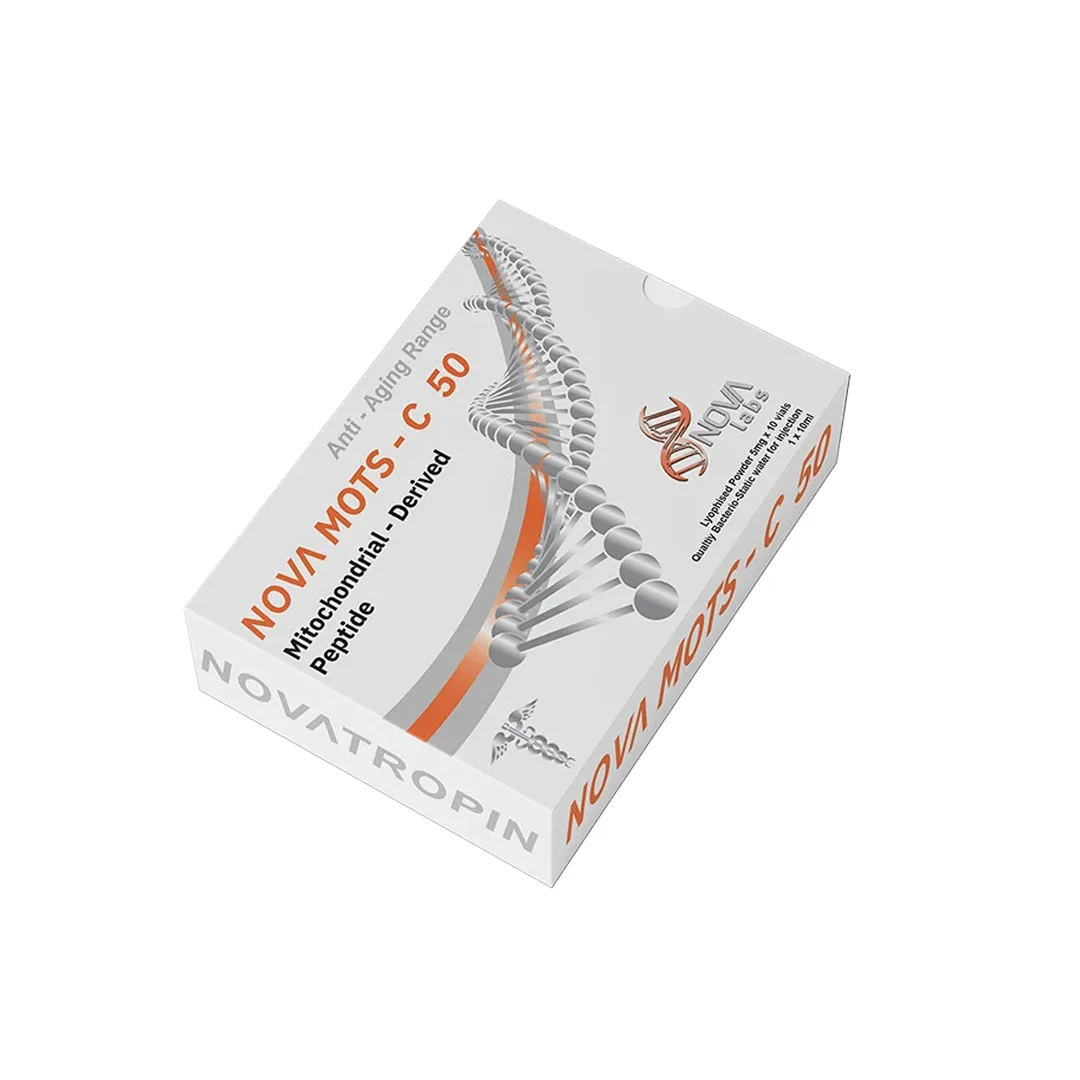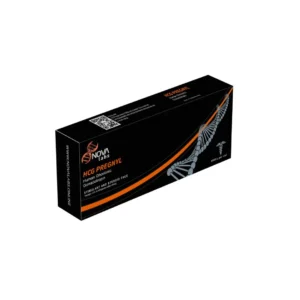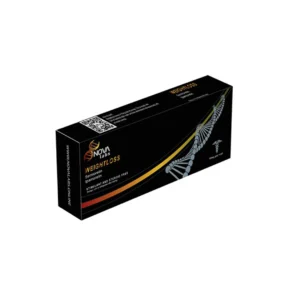Here’s a brief overview covering its benefits, dosage, and potential side effects:
Benefits:
Metabolic Health: MOTS-C has shown promising effects on metabolic health, including improved insulin sensitivity, glucose metabolism, and lipid metabolism. It may help regulate blood sugar levels and reduce the risk of insulin resistance and type 2 diabetes.
Energy Production: MOTS-C plays a role in mitochondrial function, the powerhouse of cells responsible for producing energy. By enhancing mitochondrial function, MOTS-C may help improve overall energy levels and reduce fatigue.
Muscle Preservation: Some studies suggest that MOTS-C may help preserve muscle mass and function, making it potentially beneficial for individuals undergoing weight loss or aging-related muscle loss.
Anti-aging Effects: MOTS-C has been implicated in various aspects of aging, including cellular senescence and inflammation. It may have anti-aging properties by promoting cellular health and longevity.
Potential Weight Management: MOTS-C may have effects on body weight and composition, although further research is needed to fully understand its role in weight management.
Dosage:
-
For General Metabolic Health and Insulin Sensitivity:
-
A common recommendation is to start with a modest dose of 5 mg per day and potentially increase to 10 mg once weekly if there are no adverse reactions. This approach allows the body to adjust to the peptide, aiming for benefits like improved fat metabolism and insulin sensitivity.
-
-
For Enhancing Physical Capability:
-
Individuals interested in improving physical endurance, stamina, or athletic performance might opt for a higher dosage. One protocol suggests 10 mg subcutaneously once a week, often administered before exercise for potential performance enhancement.
-
-
For Longevity and General Health:
-
For those focusing on anti-aging or general health benefits, a moderate dosage of 5 to 10 mg per week is often recommended. This could emphasize maintaining metabolic balance and energy levels, promoting longevity.
-
-
Cycling and Administration:
-
It’s advised to cycle MOTS-c to prevent tolerance. A typical cycle might involve using the peptide for 4 to 8 weeks, followed by a break of 2 to 4 weeks. This is to ensure responsiveness to the peptide over time.
-
-
Research and Experimental Dosages:
-
In research settings, dosages have varied widely, with animal studies using between 0.1 mg/kg to 15 mg/kg of body weight and human trials exploring doses between 10-30 mg per day through injection. However, these are experimental and not yet standardized for human use.
-
Side Effects: MOTS-C is generally considered safe and well-tolerated, with minimal reported side effects. However, as with any supplement, some individuals may experience mild side effects, including:
Gastrointestinal Upset: Some users may experience gastrointestinal discomfort, such as nausea, bloating, or diarrhea, particularly when first starting treatment or at higher doses.
Headaches: Headaches are a potential side effect reported by some individuals using MOTS-C, although they are usually mild and transient.
Allergic Reactions: In rare cases, individuals may experience allergic reactions to MOTS-C or other ingredients in the supplement. Symptoms may include rash, itching, or swelling. If severe allergic reactions occur, medical attention should be sought immediately.
It’s important to use Nova MOTS-C 50 under the guidance of a healthcare professional and to follow the recommended dosage instructions. Individuals with pre-existing medical conditions or those taking other medications should consult with a doctor before starting MOTS-C supplementation. Additionally, regular monitoring by a healthcare provider is recommended to assess treatment effectiveness and monitor for any potential complications.







 and then
and then